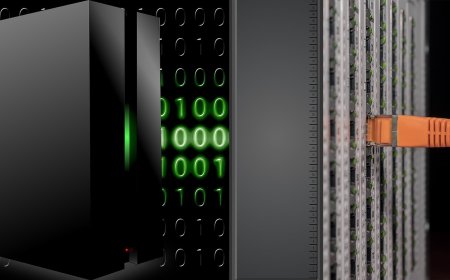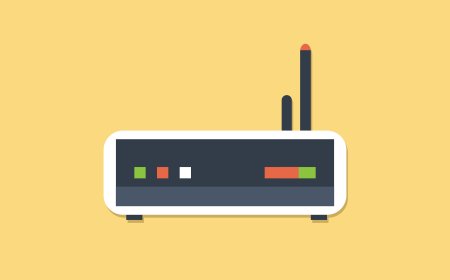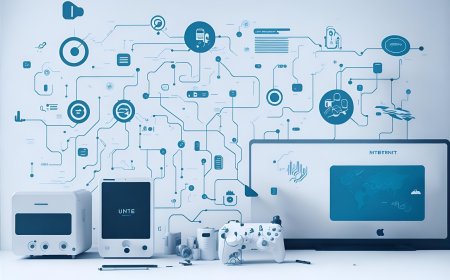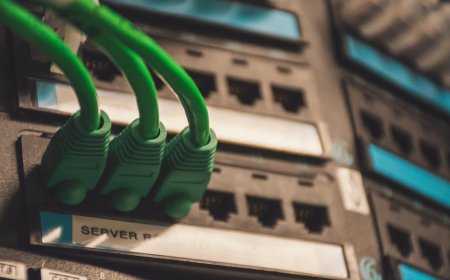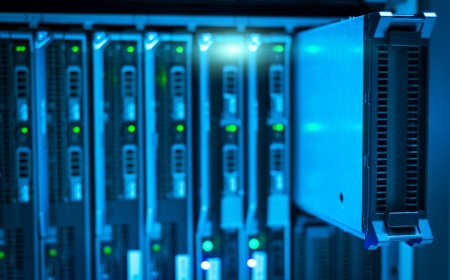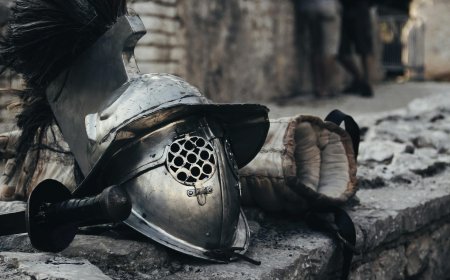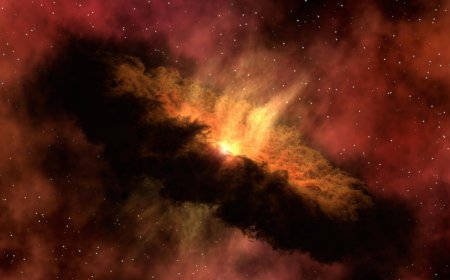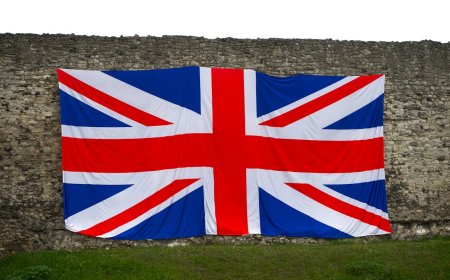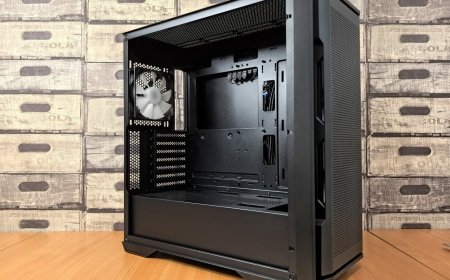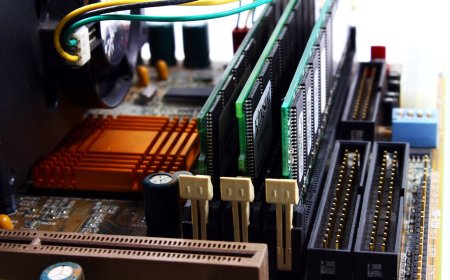Understanding Computer Hardware Components: A Beginner’s Guide
Discover the essential computer hardware components that power your PC. Learn how each part works and what to consider when upgrading or building your computer.Whether you're building a custom PC or simply want to understand how your computer works, knowing the different computer hardware components is essential. From the CPU to the motherboard, each piece plays a critical role in performance, functionality, and speed. In this guide, we’ll break down the major hardware components, explain their functions, and give you tips on choosing the right parts for your system.
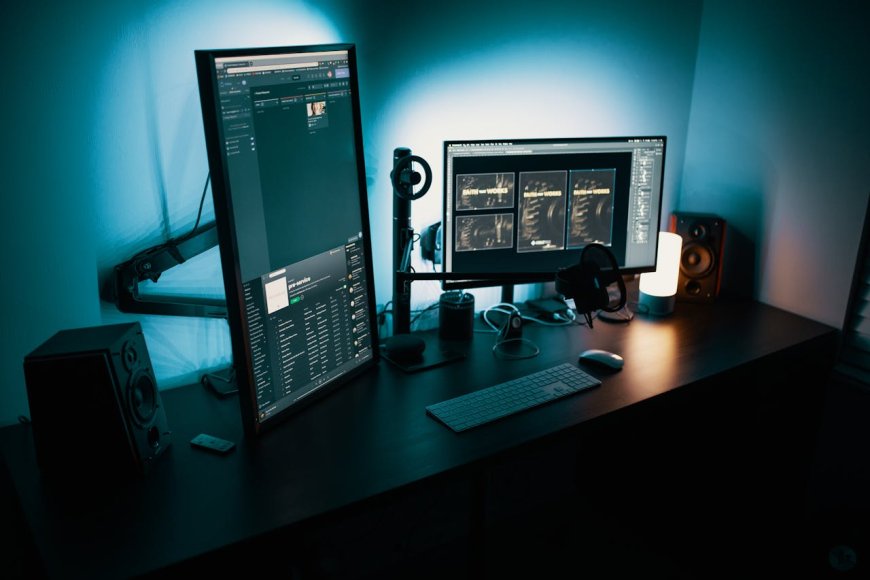
-
Central Processing Unit (CPU)
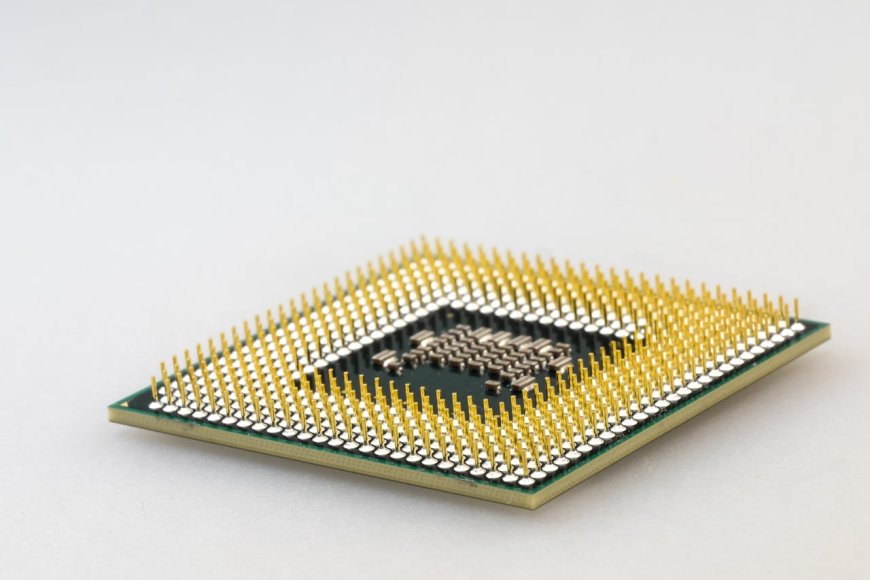
The CPU, often called the “brain” of the computer, executes instructions and processes data. It impacts the overall speed and performance of your PC.
Key Features to Consider:
-
Clock Speed (GHz): Determines how fast the CPU processes data.
-
Cores & Threads: More cores allow for better multitasking and performance.
-
Brand Options: Intel and AMD are the two major CPU manufacturers.
-
-
Motherboard
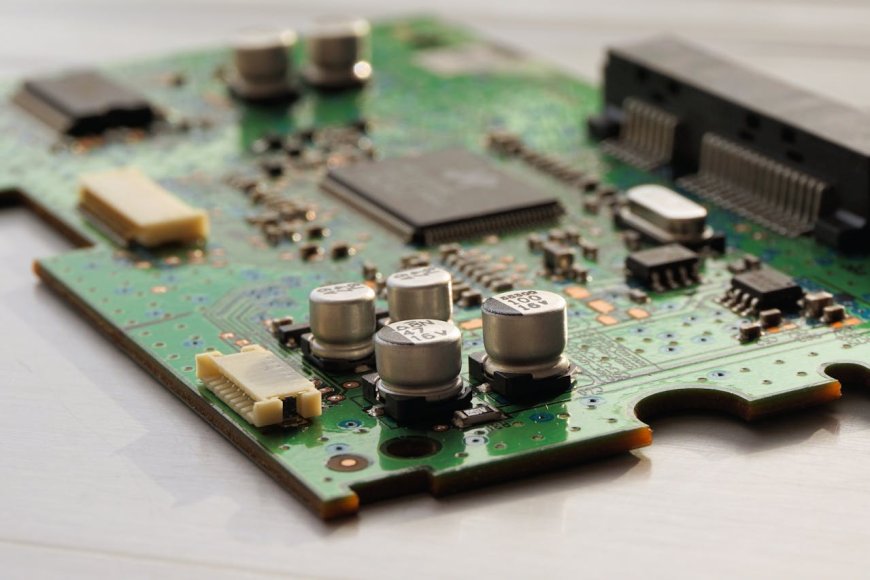
The motherboard is the main circuit board that connects all components of the computer. It determines what hardware is compatible with your system.
Important Factors:
-
Form Factor (ATX, Micro-ATX, Mini-ITX)
-
Chipset Compatibility
-
-
Random Access Memory (RAM)
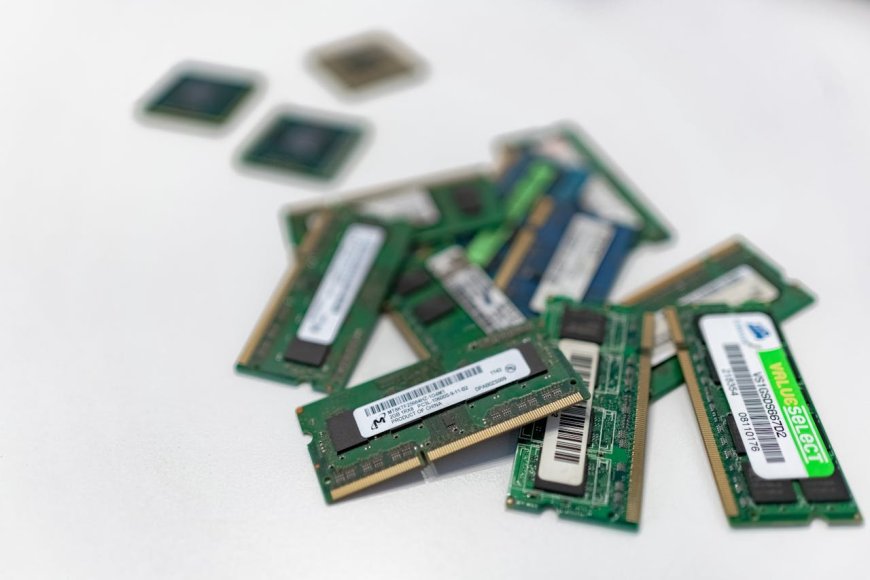
RAM temporarily stores data that your system uses for active tasks. More RAM means better multitasking and smoother performance for applications and games.
Common RAM Sizes:
-
8GB (Basic Use)
-
16GB (Gaming & Creative Work)
-
32GB+ (Heavy Multitasking & Professional Use)
-
-
Storage Drives (HDD & SSD)
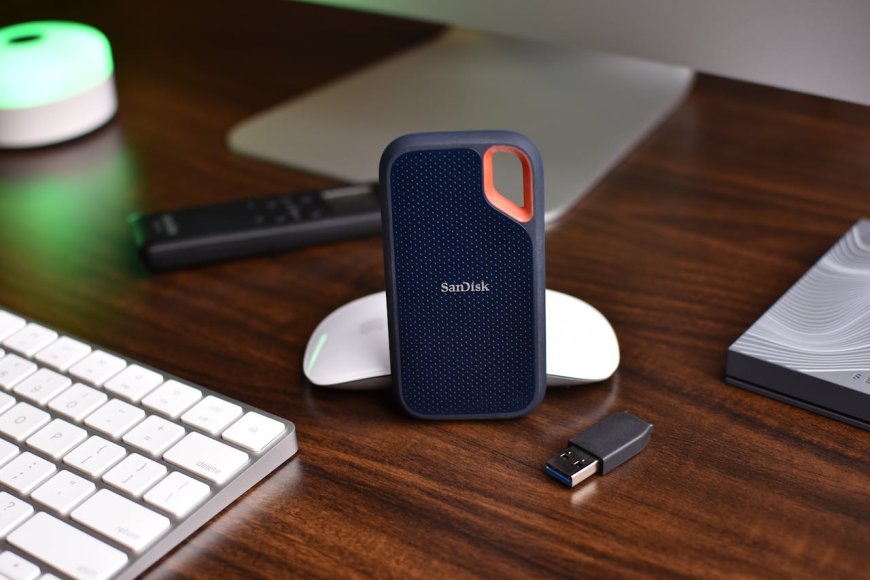
There are two main types of storage drives:
-
HDD (Hard Disk Drive): Larger storage at a lower cost, but slower.
-
SSD (Solid State Drive): Faster data access and boot times, ideal for operating systems and frequently used apps.
Tip: Use an SSD for your OS and an HDD for mass storage.
-
-
Graphics Processing Unit (GPU)
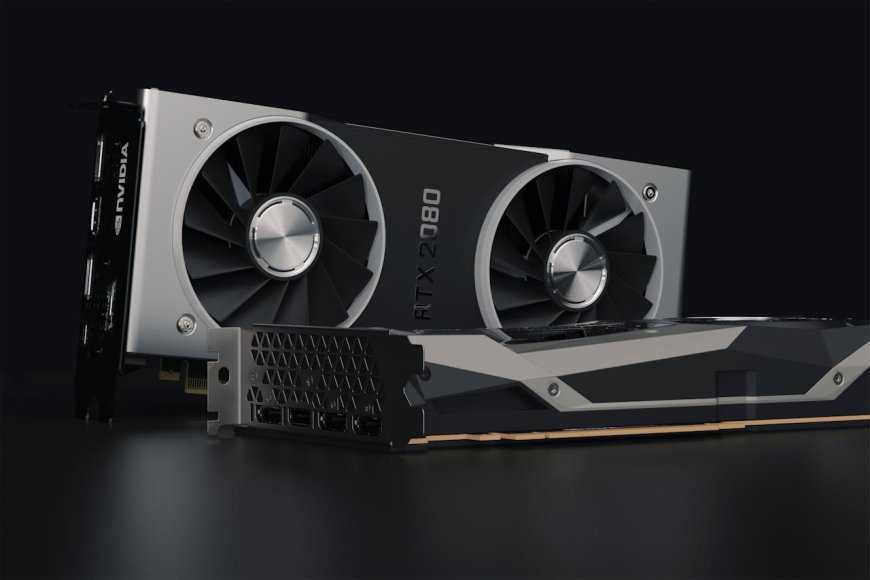
The GPU, or graphics card, is responsible for rendering images, videos, and 3D graphics. It’s crucial for gaming, video editing, and graphic design.
Types of GPUs:
-
Integrated GPU (built into the CPU): Suitable for everyday tasks.
-
Dedicated GPU (separate card): Needed for high-performance applications.
-
-
Power Supply Unit (PSU)
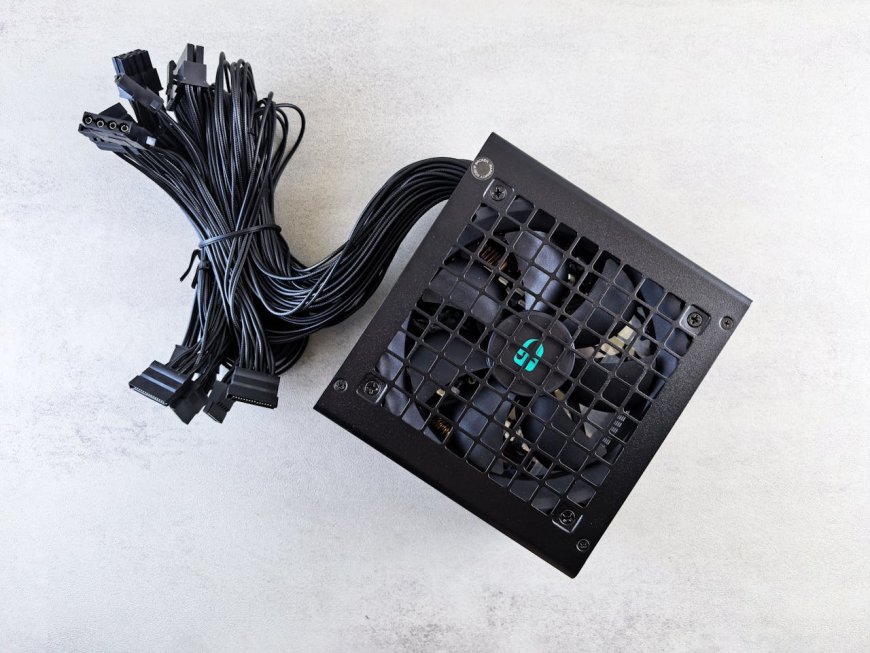
The PSU converts electricity from your outlet into usable power for your components. Choosing the correct wattage and reliable brand is critical to system stability.
Tips:
-
Choose a PSU with 80 Plus Certification for energy efficiency.
-
Make sure it has enough wattage for your GPU and other components.
-
-
Computer Case (Chassis)
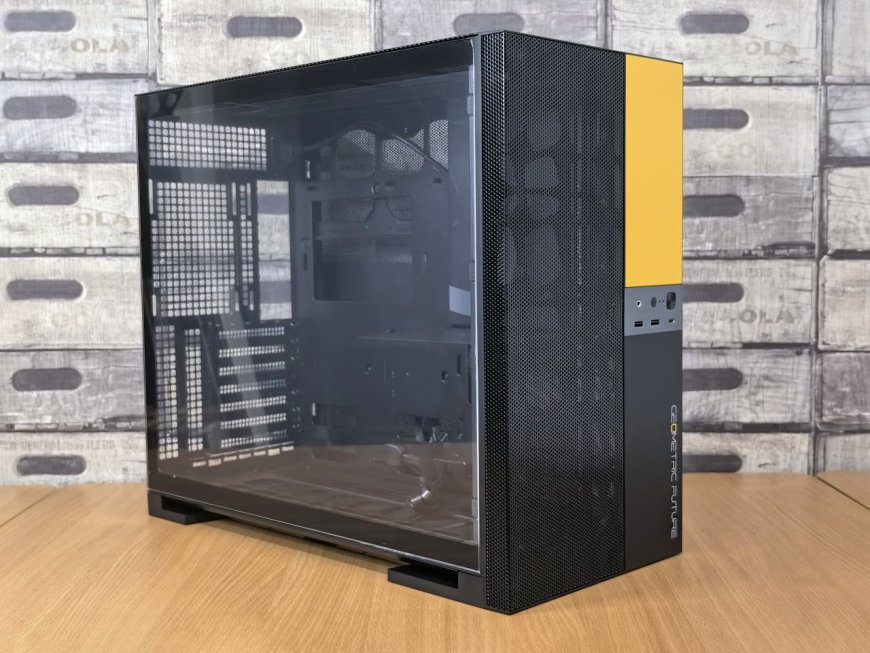
The case houses all of your components and affects cooling, airflow, and cable management.
Things to Consider:
-
Size compatibility with your motherboard.
-
Ventilation and fan support.
-
Aesthetics and design preferences.
-
-
Cooling Systems
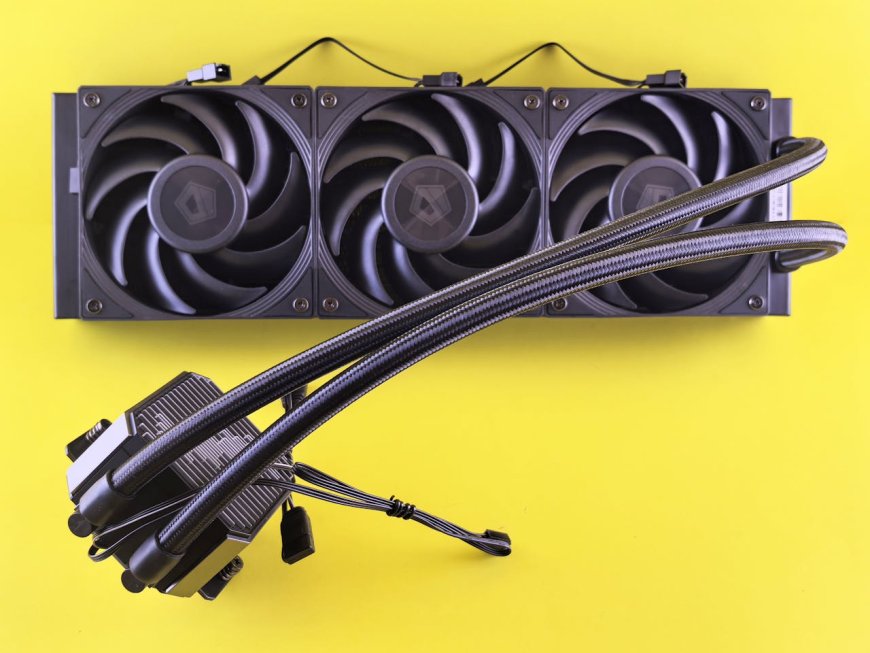
Proper cooling prevents overheating and extends the lifespan of your components.
Cooling Options:
-
Air Cooling: Affordable and easy to install.
-
Liquid Cooling: Better for overclocking and quiet operation.
-
What's Your Reaction?
 Like
0
Like
0
 Dislike
0
Dislike
0
 Love
0
Love
0
 Funny
0
Funny
0
 Angry
0
Angry
0
 Sad
0
Sad
0
 Wow
0
Wow
0


